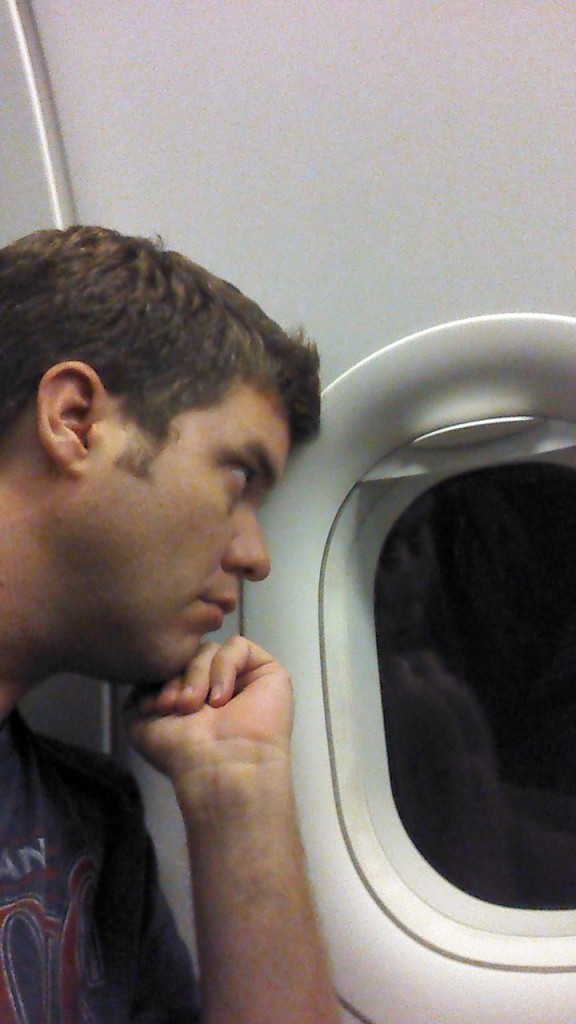**Originally posted by Matt Cavallo on MSAA Conversations on 12-8-2014**
As the holidays approach, many of us living with a chronic illness are fretting holiday travel. Maybe you would like to travel to see friends or loved ones, but are hesitant because of your illness. You are not alone. Travel is stressful for everyone. Airports are big, busy and fast-paced. Security lines can be long and the thought of standing, unpacking, and repacking at TSA is enough to unravel even the most seasoned traveler. Compound traveling with the upcoming holiday lines and ticket prices and it may be enough for you to forego holiday travel and just stay home.
If you need to travel during the holidays and you are living with a chronic illness, there are several steps that you can take to ensure your airport experience doesn’t exacerbate your illness. The following steps will ensure that your holiday airport experience is as smooth as possible:
Five Steps to Stress-Free Air Travel
for People Living with MS
1. Book your travel early. As a rule of thumb, booking your ticket fifty days in advance will get you favorable ticket prices, preferred seating (unless your airline has open seating like Southwest) and better flight time selections. Business travelers typically book fourteen days in advance, so if you wait to the last minute seating will be limited, as will flights, and the price will be higher.
2. Fly during off hours or off days. Much like morning traffic, the airport has rush hours too. My preference is to get the first flight of the day, even if it means being at the airport before the sun comes up. Airports are generally running once the sun goes up until the sun goes down. Whatever you do, avoid the last flight of the day, especially if you have a connection. If you are on the last flight, you have a greater likelihood of missing connections and then being rebooked on a flight the next morning. Mondays, Thursday nights and Friday mornings are business travel days. Sundays can be busy as well. Tuesday, Wednesday and Saturday are light traffic days and typically have cheaper flights.
3. Notify the ticketing agent or gate agent of your condition. If the airport and airline staff are aware of your illness, you can get wheelchair or transportation service (if necessary), medical clearance to get to the front of the TSA screening line and pre-boarding status at the airline. If you have trouble standing or waiting in line, be sure to tell the agents or TSA that you are a fall risk and have weight-bearing precautions making you a risk to stand in line for long periods of time. The number one goal at the airport is the safety of passengers and if you are a fall risk they will make every effort to prevent you from falling.
4. Limit carry-on luggage. Checking a bag is an extra cost (on most airlines), but that cost is well worth it. Check the TSA website for the items that they allow to get through screening. Make sure that if you have to pack liquids in your carry-on, they are a size that meets the TSA standard. They will confiscate any items that are prohibited for travel. Also, if you have limited strength or range-of-motion, it can be difficult lifting your carry-ons to the overhead storage.
5. Relax. The stress and anxiety of flying has many components that are out of your control. Stressing over the things you cannot control during air travel can be enough to make you sick and ruin your trip. If you follow the four preceding steps, you will be able to minimize most stressful airport situations. Unforeseen stressors like weather delays, mechanical failure and gate changes are situations that you cannot predict. If you can relax and take these steps into mind, knowing that whatever unforeseen delays are out of control, you will feel much better both during and after travel.
For the rest of the story, please visit MS Conversations at the following link: http://blog.mymsaa.org/air-travel-tips-for-the-ms-community/?utm_source=rss&utm_medium=rss&utm_campaign=air-travel-tips-for-the-ms-community

